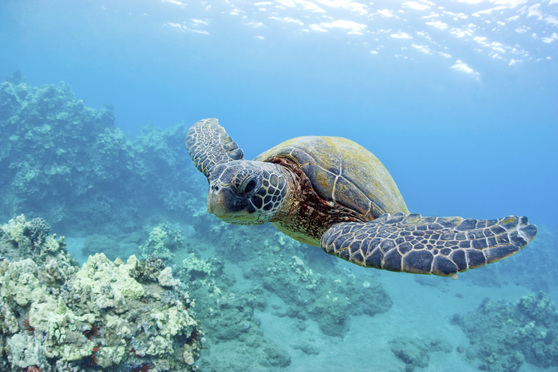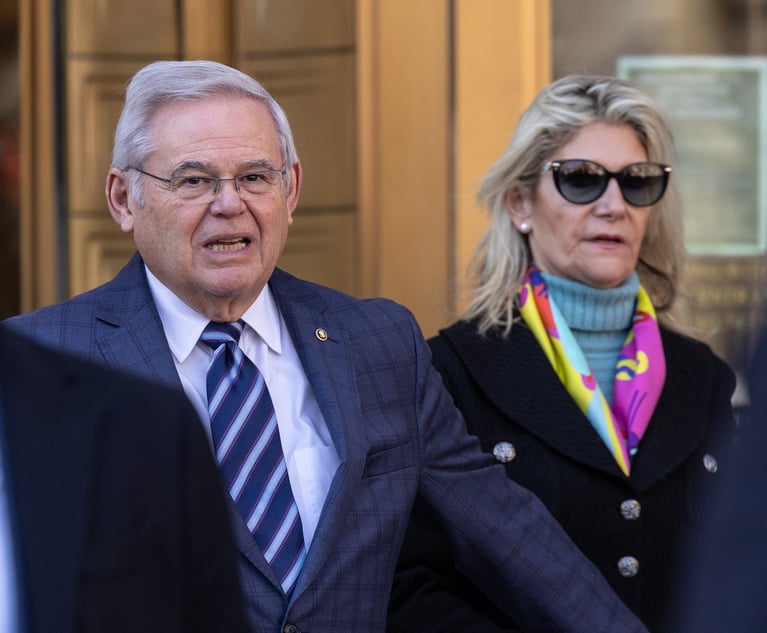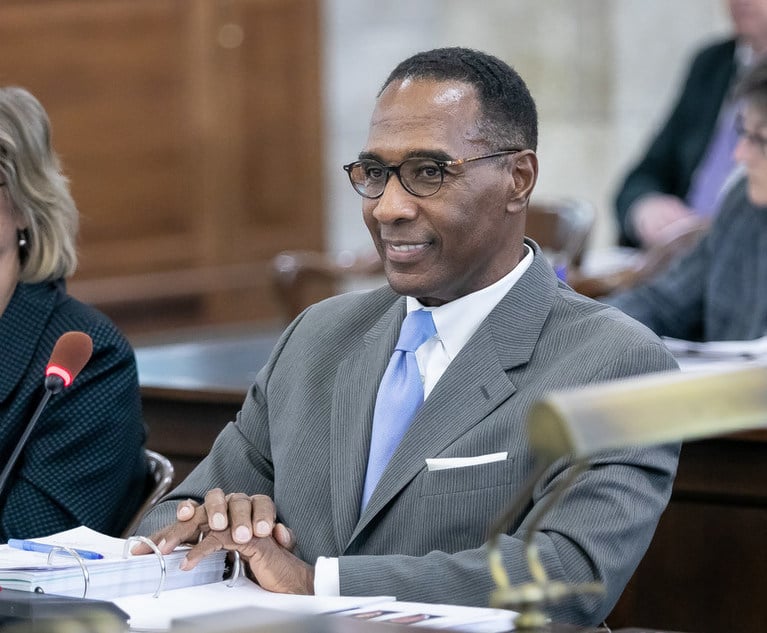Recent developments in case and statutory law have called into question how federal permitting requirements will be applied to specific discharges in New Jersey and throughout the country. While the Trump administration has tried to streamline and clarify the application of the Clean Water Act (CWA), state and private challenges to the Environmental Protection Agency’s (EPA) Navigable Waters Protection Rule (“NWP Rule”) and the recent Supreme Court decision in County of Maui, Hawaii v. Hawaii Wildlife Fund, 140 S.Ct. 1462 (2020), have further complicated this issue. After Maui, companies with discharges through groundwater must grapple with whether they are subject to federal jurisdiction under the CWA. While it is still unclear how the federal and state governments will address these recent events in their permitting and enforcement actions, on its face, Maui does not appear to impact the NWP Rule.
NWP Rule narrows the scope of CWA jurisdiction by redefining ‘navigable waters’
On June 22, 2020, the NWP Rule, adopting a new, more narrow definition for “waters of the United States,” became effective. The CWA prohibits discharges of pollutants from a point source to “navigable waters,” which are defined as “waters of the United States, including the territorial seas,” without first obtaining permission to do so via permit. 33 U.S.C. §1362. The adoption of the new NWP Rule followed the repeal of an Obama-era Waters of the United States Rule in September of 2019. The newly adopted definition reduces the waters/wetlands subject to federal jurisdiction and, therefore, the discharge pathways requiring permits throughout the country.


 idreamphoto – Fotolia
idreamphoto – Fotolia




